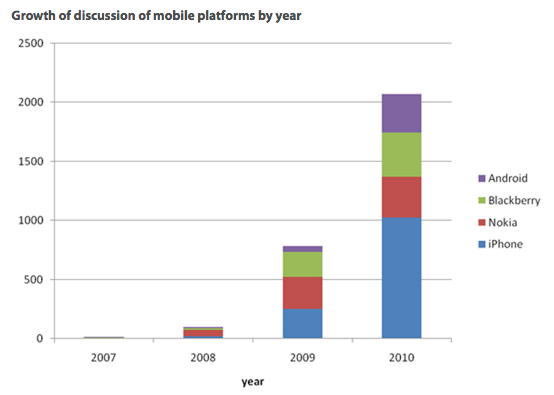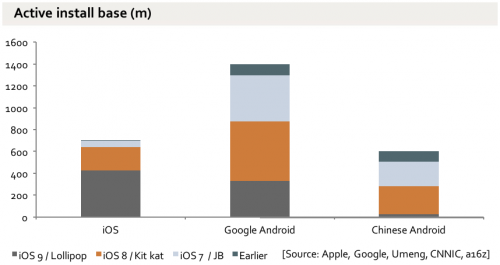Recently the NYT described some of the reasons the America’s Cup has changed.
Two years ago the officials who run the America’s Cup made an important decision: they were going to change professional sailing into a sport that was actually fun to watch.
That has meant bringing Big Data, surveillance and real-time analysis into the picture.
Honey’s team has to measure the position of every boat to within an inch at all times, while also measuring the position and angle of every helicopter-mounted television camera. The team is also collecting data on wind and water conditions, which play heavily into sailing strategy, and looking for ways to incorporate that into the television display.
By collecting this data, Honey’s team has ended up changing how the races operate. Race officials now watch the sailing on monitors from a control room on the shore, and any decision that relies on the objective knowledge of a boat’s position is made using the same positional data used to create the graphics.
[…]
The America’s Cup is designing an augmented reality smartphone app, which will allow spectators on shore to hold their phones up to the water and get the type of information available on television.
Obviously another change to the sport has been to bring the thrill of racing within view of people on shore. The big boats used to disappear and sail in light wind and steady seas, where only a few could see, but now everyone can enjoy watching in city-front weather conditions.
We’ve had some windy days recently and the forecast is starting to look like 10-20 mph through next week. Inside Bay Area gives an exciting prediction of the event.
“Hold on for dear life!”
That’s the warning from sailors aboard the 45-foot racing catamarans that you’ll see slicing through whitecaps next week, when the America’s Cup World Series brings the thrills and spills of the world’s most exciting racing to San Francisco Bay.
Imagine a white-knuckle drag race on the back of a bucking bronco — with winds whipping up at nearly 20 mph and a fire hose of salt water battering over the bow. The signature America’s Cup races are still a year away, but 11 catamarans from eight countries will be on the bay next week offering a taste of the drama that’s to come.
[…]
Four Olympic medalists fresh from London will compete next week, including four-time gold medalist Ben Ainslie, who carried the British flag into closing ceremonies. His credentials are impressive, but his experience on the temperamental AC45 is limited.
“I think he’ll be a little bit scared,” said Kimball Livingston, an editor-at-large for Sail Magazine. “I think all these guys as they get into it are a little bit scared — and for good reason. You can hurt yourself.”
They’re not just scared of being hurt, they’re scared of losing control. Ainslie won his gold medals by sailing a 1949 design called the Finn that plods along at about 7 mph. The AC45 will give him a state-of-the-art racing machine that tops out around 30 mph.
It’s like the difference between driving a 1950s Studebaker at 50 mph versus racing a 2012 LeMans race car at 200 mph. You can get hurt in either. Doing everything four times faster than ever before is the real issue, which is why they’re scared. After racing for a while at higher speed they become used to it and stop feeling scared, despite the risk of being hurt.
Does 30 mph sound slow to you? It actually is about the fastest a sailboat can go using current technology. The AC72, which will be far more powerful than the AC45, is expected to go only about 40 mph. For reference, driving a car over 30 mph usually requires a very smooth surface. These boats are bigger than a bus, navigating a very rough and unpredictable surface (waves), with no brakes and balancing one hull up in the air. Personally, I think it’s the best feeling in the world.

Photo:(c)2011 Gilles Martin-Raget, americascup.com
With only a few days before things start there have been numerous helicopters flying overhead, presumably to help prepare the races and to take photos like those found on SF Gate.
As you can see the races will be held in front of the Marina Green, giving land spectators an easy and free view of everything. The America’s Cup Village opens Tuesday the 21st at 10am.



